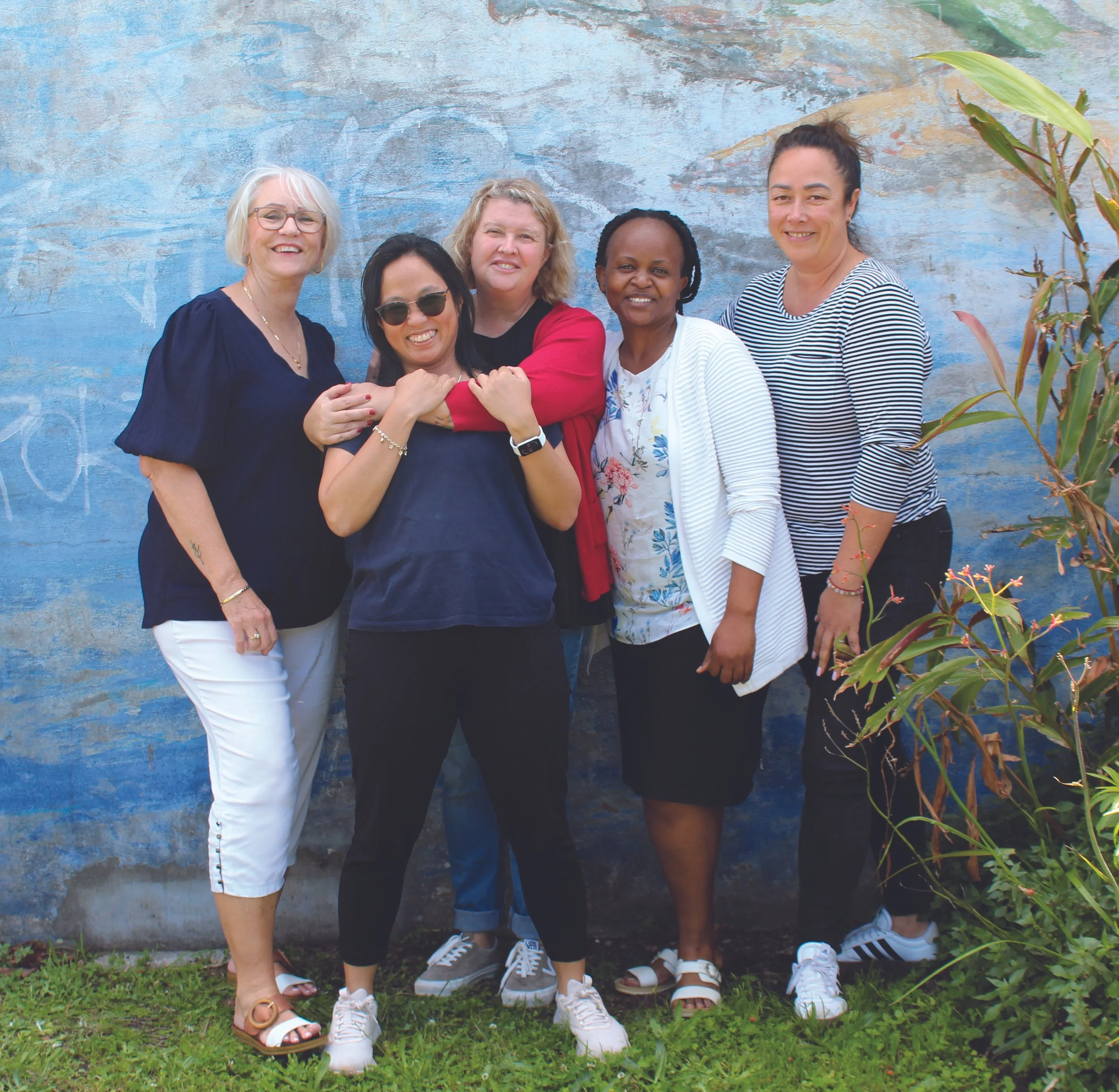The leading peak body for
the Not-for-profit sector in Southern NSW
Over 30 Years of Dedicated Service
Our Role & Impact
At Community Industry Group, we play a crucial role in instigating social change to improve the experiences of people and communities facing vulnerability and disadvantage. We work towards a resilient and informed industry by being an assertive 'voice at the table' with influencers and decision-makers.
Planning & Facilitation
We assist your organisation with strategic planning and facilitating discussions
to promote sector-wide improvements. Our services include community consultations, co-designed events, strategic and business planning, project and program planning, innovation workshops, and merger or partnership discussions. We handle preparation—clarifying outcomes, developing agendas, and preparing materials; facilitation—guiding participatory exercises for creativity and commitment; and documentation—delivering detailed reports, so you don’t
have to interpret raw notes. Members receive great discounts on all facilitation
and planning services.
Training & Events
We offer a diverse range of training programs designed to support community organisations, board members, managers, and support workers. Our training covers key areas such as governance and leadership, helping board members understand their roles, responsibilities, and legal obligations to ensure effective organisational management. For community and support workers, we provide specialised training focused on practical skills, such as understanding complex behaviours, risk management, and client engagement strategies.
We also offer financial literacy training for board members and finance teams, covering essential topics like financial reporting, strategic planning, and fraud prevention. Our programs are interactive, evidence-based, and led by experienced trainers, providing participants with the knowledge and tools needed to strengthen their organisations, improve service delivery, and support sustainable community outcomes. For a full list of what we have on offer click the link below.
Community Industry Group is the leading peak body supporting and advocating for not-for-profit community and human services in Southern New South Wales. With over 30 years of dedicated service, we have established ourselves as the voice of community services in the region, empowering the industry by representing the views of our members and the communities they serve to policymakers.
Policy & Submissions
Community Industry Group facilitates consultation sessions with community services to gain their views on relevant policy changes at a State and Federal level. The Group provides policy submissions that represent the needs of community services in the Southern NSW region. Community Industry Group facilitates consultation sessions with community services to gain their views on relevant policy changes at a State and Federal level.
Partnerships & Collaborations
We believe in the power of partnership and collaboration in getting the best outcomes for the vulnerable communities in which we work. However, we understand that many partnerships flounder due to a lack of clarity in purpose and expectation. This can result in creating more work, rather than releasing resources which should be the case. Community Industry Group offer a fantastic range of resources to support the development of new partnerships and the evaluation of existing partnerships that your organisation may have. Working with one of our team, you will be guided through the process of partnership development to ensure that it will add value to your organisation, is equitable, that results can be measured and that systems and processes are in place to ensure ongoing effectiveness.
Aunty June Lowe
Acknowledgement of Country
Community Industry Group acknowledges the traditional custodians of this land, and their Elders. We acknowledge and respect their continuing culture, the world’s oldest living culture, and the contribution they make to the life of this region and our country. We acknowledge that we live and work on Aboriginal land and recognise the strength, resilience and capacity of Aboriginal people.
















